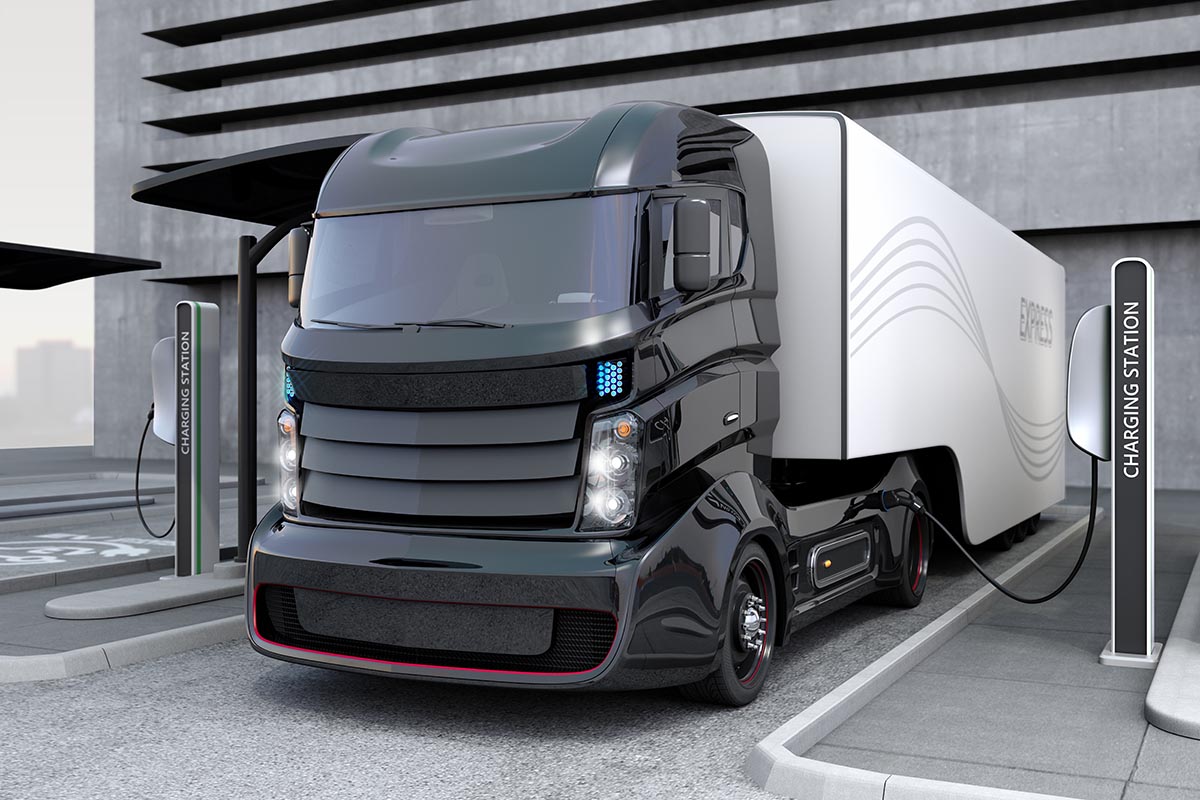2025
How Toronto's Warehousing Innovations Contribute to Sustainable Urban Development

Canada has made sustainability a national priority, and cities like Toronto are responding with bold strategies to reduce emissions, improve infrastructure, and promote responsible development. As one of the country’s busiest economic hubs, Toronto’s warehousing sector has been at the center of this shift, rethinking operations to support greener, more efficient urban systems.
The Role of Warehousing in Toronto’s Sustainable Growth
Toronto’s warehousing sector has adopted several practices designed to minimize environmental impact while maximizing operational output. These advancements play a key role in reducing urban congestion, supporting public transit corridors, and enabling more compact and strategically located development projects.
For example, warehouses situated near major transportation hubs—like Pearson International Airport or CN’s Brampton Intermodal Terminal—are cutting last-mile delivery distances and easing pressure on Toronto’s roadways.
Facilities are also being built to higher energy standards and are integrating better stormwater management systems, preserving the environment and reducing strain on city infrastructure.
Examples of Innovation Driving Urban Development
Sustainable warehousing isn't just about reducing emissions—it’s about reshaping how industrial spaces function within a growing city. Here are key innovations helping push Toronto’s urban development forward:
- Electric Vehicle Integration: Charging stations for delivery trucks and forklifts powered by clean energy are helping reduce air pollution and promote clean transit adoption in logistics-heavy districts.
- Multi-Use Industrial Space: Modern warehouses are being designed for dual use—distribution plus light manufacturing or office space—encouraging compact development and reduced land usage.
- Vertical Storage Systems: Automated racking and vertical lift modules make better use of square footage, lowering the need for sprawling warehouse footprints.
- Waste and Water Management Systems: Facilities are using graywater recycling and comprehensive waste diversion programs to reduce environmental strain in urban zones.
Building the Future Through Smart Warehousing
Toronto’s approach to sustainable warehousing is helping define the future of responsible urban growth. By prioritizing innovation, energy efficiency, and location strategy, 3PL firms and logistics providers are contributing to a cleaner, more accessible, and better-connected Toronto.
These warehousing advancements are not just supporting business—they’re building smarter cities.
With facilities in Toronto, Vancouver, Calgary, and throughout Canada, we are equipped to optimize your regional and national logistics solutions.

